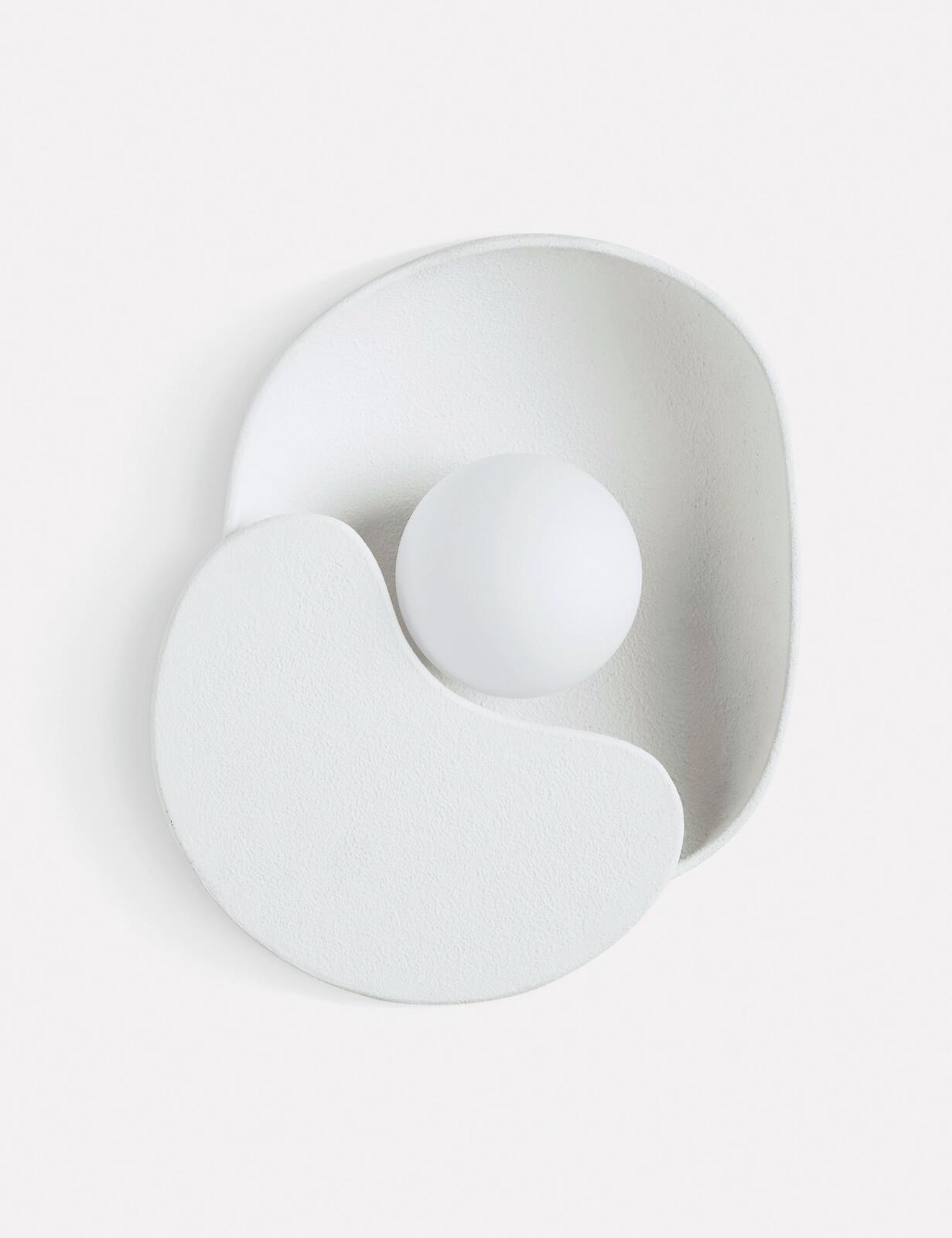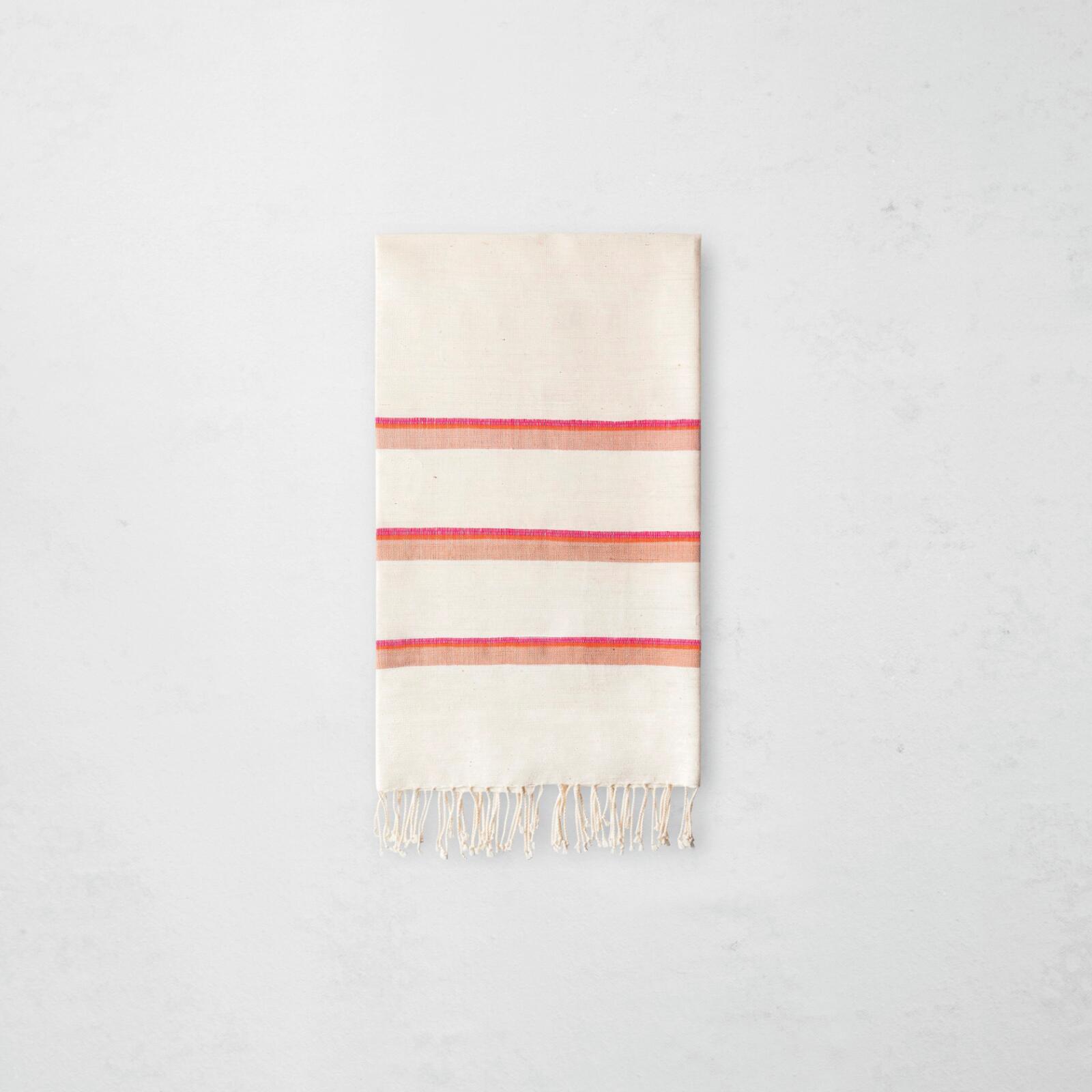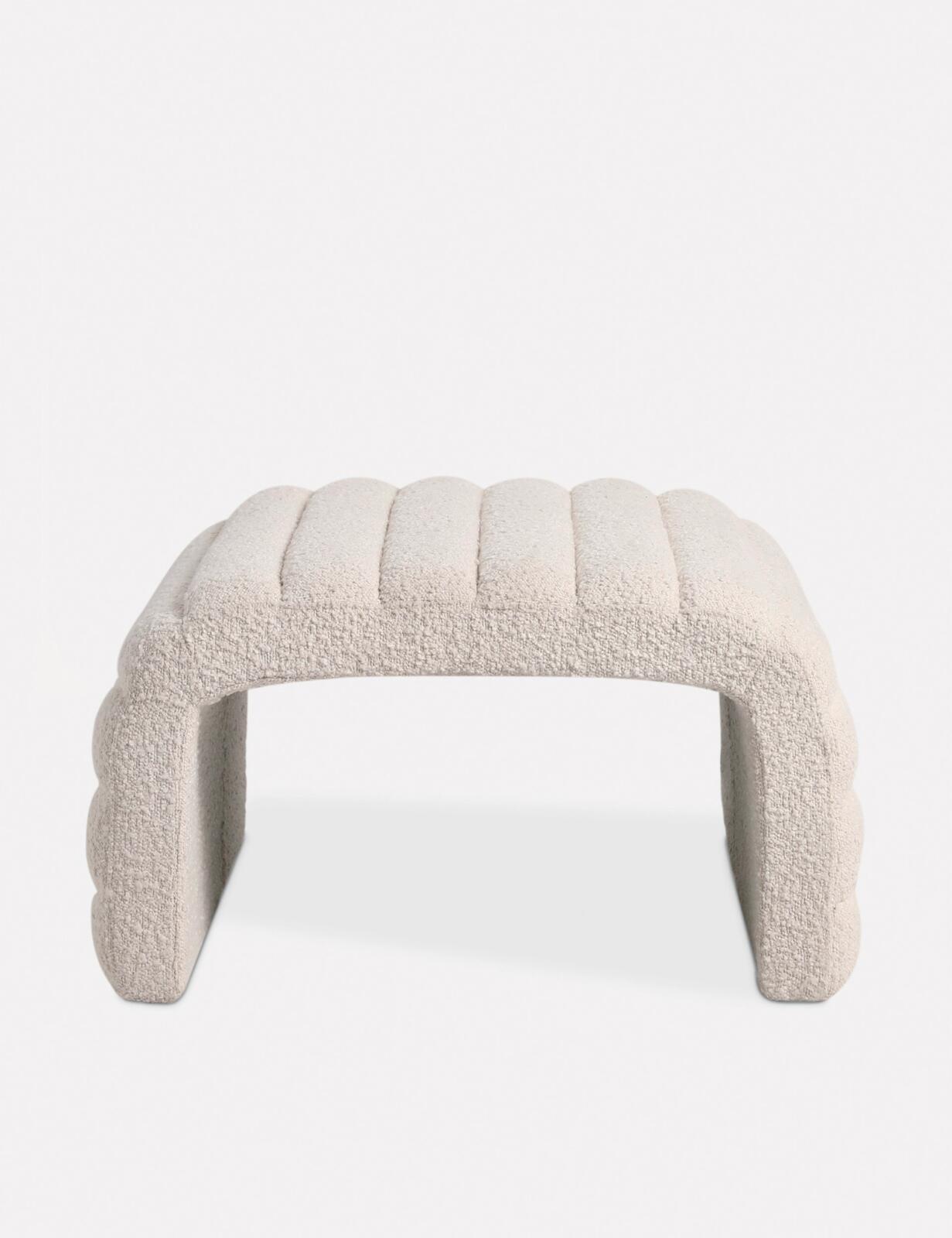
In case you didn’t know, the month of April is Cesarean Awareness Month. It’s a campaign done to help educate people about both the risks and benefits of surgical births. C-sections for first-time mothers have been climbing since 2019 and in 2021, they were one in five of all childbirths according to the World Health Organization. This work is important because it’s essential to know that not all C-sections are absolutely necessary, and when they’re not, they can cause great harm to a mother and child.
But of course, in many cases, a C-section is the only way to go, particularly when there is fetal distress, an obstructed labor, and/or the baby is positioned feet or bottom first.
I have had two. I was told that they were necessary because of my history with fibroids and a myomectomy I underwent to get rid of them prior to conceiving, which required my uterus to be cut. Though it was not the ideal way I would have liked to have given birth, I’m very grateful that I had a great (Black woman) doctor who performed both surgeries well, and that I gained two beautiful children from those experiences.
Something that would have been helpful to me beforehand though was knowing tips to get me through recovery and to just offer true peace of mind going into the surgeries. So I thought for the next mama who may have to schedule a C-section or find themselves learning that they need one, knowing the following info could be of some support to you.
VBAC Is Possible — for Some
If you’re someone who had an emergency Cesarean, you might believe that you can only give birth in the future that way (my mom was made to believe that and ended up having five). That’s not always the case, though. According to experts, women who have had a lower incision can be candidates for vaginal birth after a Cesarean, known as a VBAC. Those who’ve been cut higher, especially a prior high vertical incision, aren’t recommended for a VBAC due to the possibility of a uterine rupture happening. And those who’ve experienced a uterine rupture during a birthing experience are not able to attempt a VBAC. In my case, I was told, even before I had my myomectomy, that the way I would need to be cut would prohibit me from being able to have a vaginal birthing experience.
Sleeping Comfortably Will be Difficult
This was especially true for me after having my second C-section. I had scar tissue, so the healing process was more complicated the second time around. When I got back home and didn’t have one of those fancy hospital beds that can be adjusted, I struggled to find a position good for my recovery. I often slept sitting up because just breathing while lying flat on my back was painful. And don’t get me started on the struggle to get up from a supine position to tend to a wailing child. So be prepared with pillows to prop yourself up because you’ll need them.
The More You Have, The Sooner You Have Them
Due to a risk of your uterus stretching too much as you get further along in your pregnancy (there goes that uterine rupture concern), C-sections that are scheduled tend to be done weeks in advance of your due date. With my first child, he was delivered two weeks before my due date. With my second, he was delivered even sooner because of the prior incisions. I was a bit shocked by that because by the time I gave birth, my second baby was only five pounds. But the good news was that he quickly gained weight once we were out of the hospital and is a sweet chunky baby six months later.
Walking Is Everything
When they tell you to get up and walk after having major abdominal surgery, you may either want to laugh or sock someone in the face (trust me, I’ve been there). But truly, getting moving afterward is essential to recovery. The longer you lie in bed, the harder it will be to get moving when you need to. So slowly getting yourself to a standing position and getting to the bathroom, getting to your baby, walking back and forth in your room, goes a long way in helping you stand upright sooner and to be ready to be hands-on with baby.
You Might Deal With Debilitating Gas for a While
Gas postpartum tends to be an issue for everyone, and I know I was given a pill with my pain medication to help alleviate it. But gas is especially tough when it stews in your stomach for weeks after delivery. I had some pretty painful gas that stayed high in my stomach for some time that felt like an intense stomach ache that would take more than 30 minutes to shake. I would be doubled over in pain. It finally ceased after my six-week checkup, but it can be a lot to deal with when you’re trying to tend to a baby and take care of yourself (among many other tasks, including washing clothes, pumping, etc.).
A Strong Core Goes a Long Way in Healing
Every woman is going to heal differently from a C-section, but no matter how you give birth, I would recommend working on your core muscles before you even conceive. They’re affected no matter what because the muscles stretch due to the child growing in your stomach. But weak abdominal muscles underneath the baby can make recovering from abdominal surgery all the more difficult and lengthy. Thankfully, before I had my first child I’d gone on a wellness journey that helped me lose more than 40 pounds and get the core muscles I’d wanted. Though they didn’t last on the outside (haha), they stayed strong, allowing me to bounce back faster in regards to mobility after both C-sections.
Use the Abdominal Binder







I’m a sucker for not taking help when it’s offered (working on it). I was given a belly band after I had my second C-section and assumed it was like the waist trainers on Instagram and for vanity purposes only. I was fine with the stomach I’d end up with because it helped me carry my babies. But honestly, they’re for a deeper purpose. They are said to help with the pain and healing as you move about after a C-section, and can provide support to your muscles as they slowly go back to their regular positioning postpartum.
It’s Ok If Your C-Section Isn’t Like Everyone Else’s
While I’d watched celebrities and other everyday moms cheesing and talking normally as blue tarp covered them and they were being cut open, my experiences during my surgeries was not as copacetic. I was always holding on to someone’s hand for dear life, trying to differentiate between pain and pressure, and I didn’t enjoy having my baby placed in my arms while I was being sewn shut. I didn’t know if it was something I was doing wrong or what, but I had to learn that as long as my children and I came out of the operating room alive and well, that’s all that mattered. So if you are able to be cheerful through it all, that’s amazing! If you’re not, that’s just fine, too.
There’s Nothing “Easy” About a C-Section
If you feel some way about not being able deliver in the way you planned, I empathize with that. It’s jarring to go into a pregnancy hoping to vaginally deliver and then being told you need an emergency C-section. But if you’re someone who feels a way because you think a C-section is a so-called “easy way out” and is not on par with the effort of vaginal birth, don’t. There is nothing to feel shame about. And there is absolutely nothing “easy” about getting cut through six layers of your abdominal wall and uterus to deliver your child. It’s major surgery, and it’s a major accomplishment to have birthed a child in this way. You are making a serious sacrifice to bring your child to the world and you shouldn’t feel discouraged or embarrassed to say you gave birth surgically. Every birth, and every kind of birth, is beautiful.








